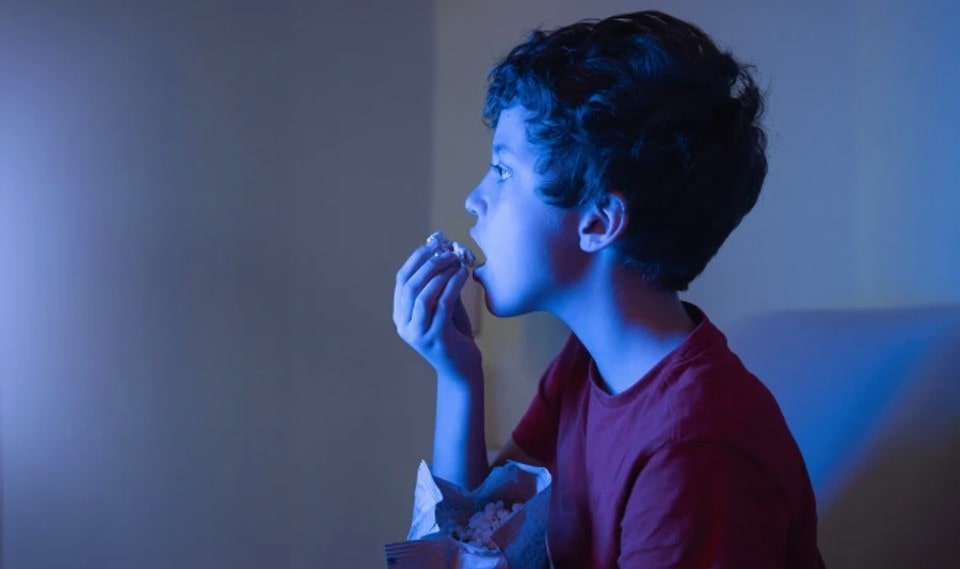Scientists caution that children who watch more than two hours of TV every day are more likely to develop addictions as adults, including those to alcohol, drugs, gambling, and cigarettes.
According to a study, youngsters between the ages of five and 15 who spend more time addicted to their screens are 29% more likely to develop a gambling addiction as adults.
Additionally, smoking addiction was 20% more likely among children in this group.
In addition, they were more likely to abuse alcohol and marijuana than people who spent less time in front of screens.
Excessive TV viewing, according to researchers from New Zealand, may be a precursor to a child’s developing an addiction.

People said that as a result, they are more likely to develop additional addictions in later life.
According to the research, those who experience anxiety disorders and those with lower amounts of the pleasant hormone dopamine are likely to be more susceptible to addiction problems.
A different study indicated that since the Covid epidemic, children’s screen time had skyrocketed.
According to Ofcom data, youths and people under 35 watched four hours of TV on average each day in 2020, in addition to an additional hour of YouTube videos.
Lead author and University of Otago professor Bob Hancox said: “Similar campaigns may be used to promote for safe screen use. Public health organizations have put significant effort into promoting for better alcohol use and safe sexual practices.”
The UK government advises against letting children under five use screens for more than an hour a day.
Children between the ages of five and 17 should limit their daily screen time to two hours, according to some health professionals.
Between 1972 and 1973, 1,000 children’s health records were examined by Prof. Hancox and his colleagues, whose findings were published in the International Journal of Mental Health and Addiction.
Between the ages of three and 15, the children were contacted again for assessments every two years to monitor their TV viewing patterns.
Every two to three years, between 15 and 45 people were examined to look for four potential addictions.
Researchers discovered that 612 out of 1,000 individuals (62%) watched more TV than the daily quantity in New Zealand suggested (two hours).
The findings showed that 37% of respondents had an alcohol addiction disorder diagnosis.
A third (36%) of the population was found to have a tobacco use disorder, and 18% had a cannabis use disorder.




